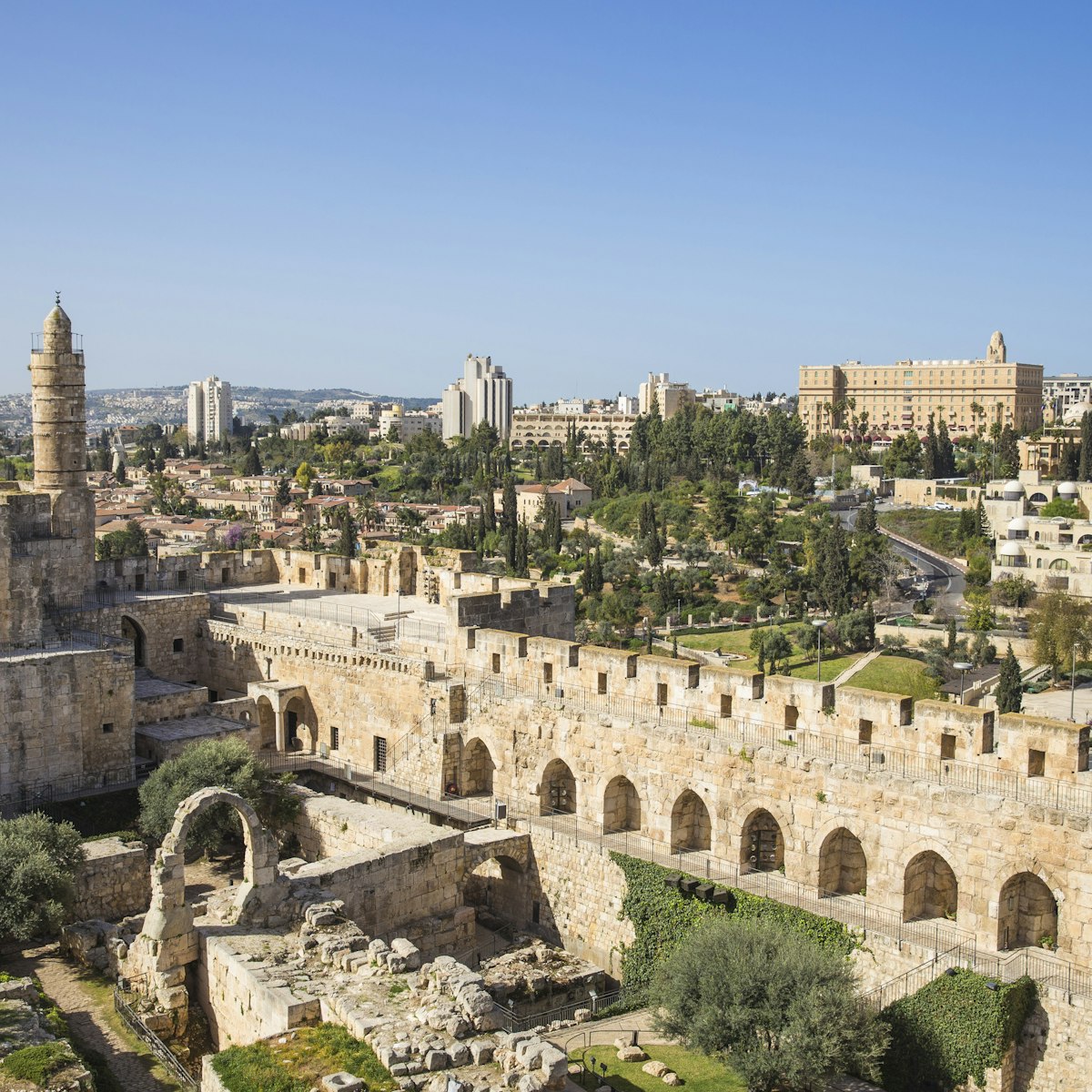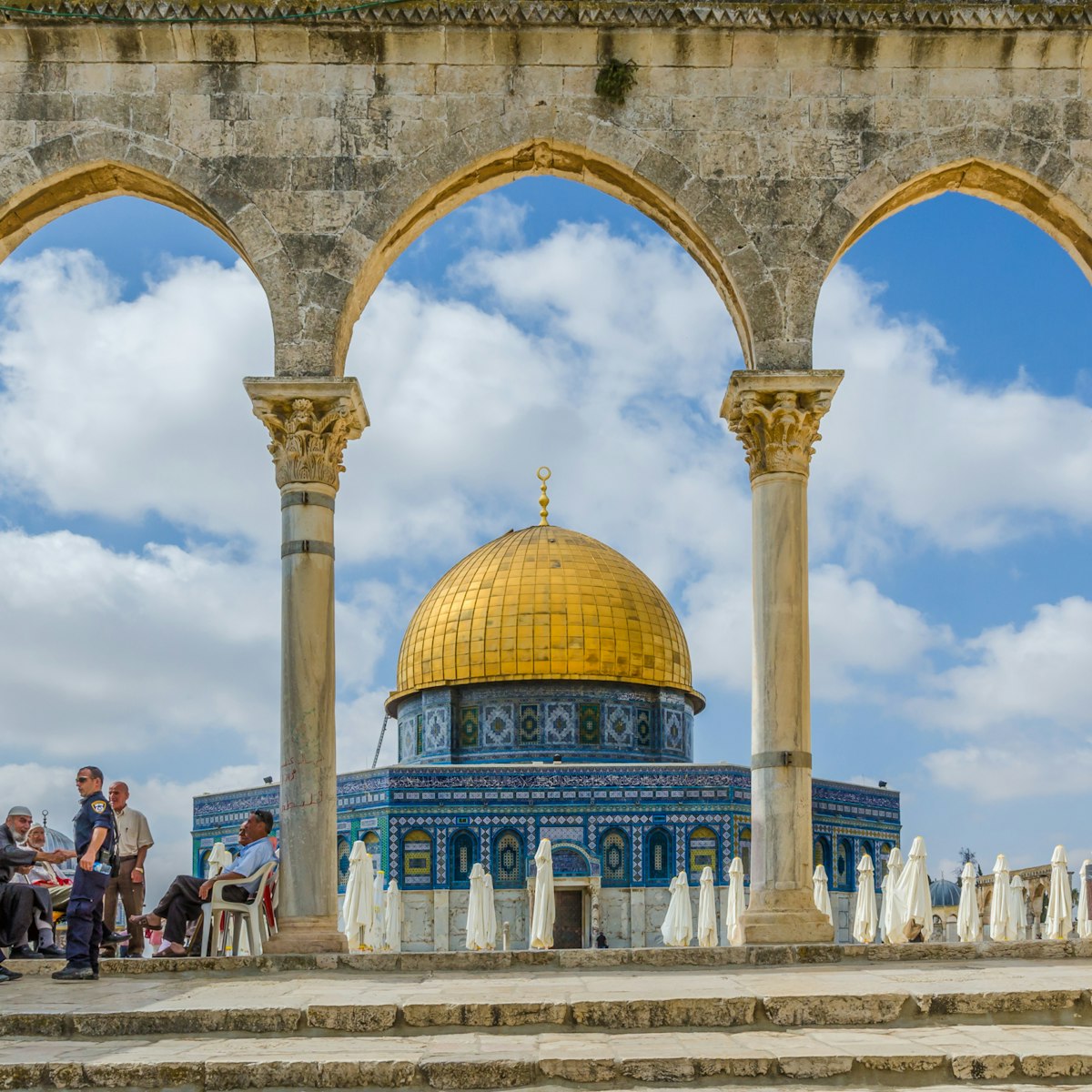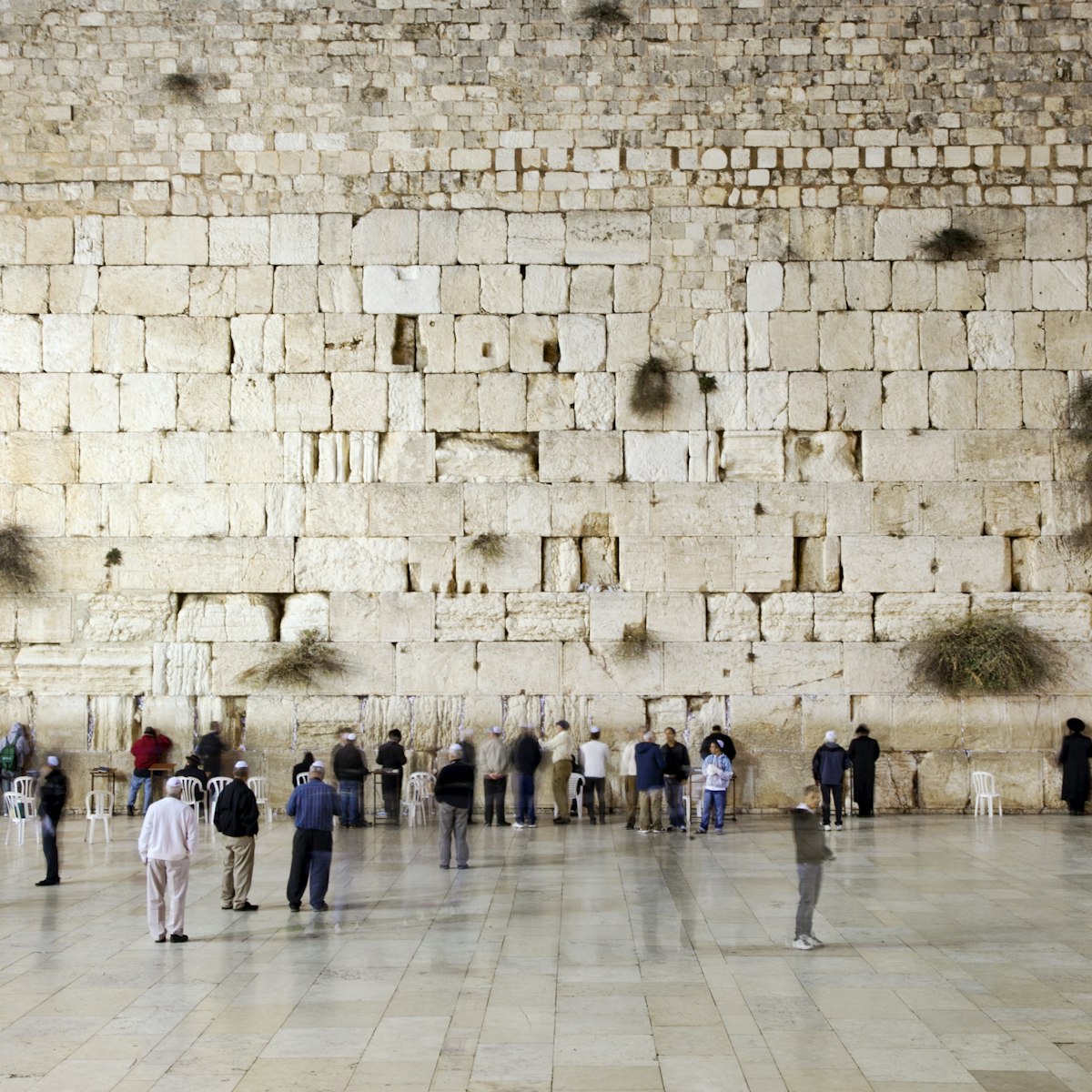The 1st Station, where Pontius Pilate is said to have condemned Jesus, is inside the working Islamic Al Omariyeh school near Lions' (St Stephen's) Gate. The entrance is the brown door at the top of the steps on the southern side of the Via Dolorosa, next to the Ecce Homo Arch.
Entry is not always permitted (don’t be surprised if you are asked to leave), and many pilgrim groups simply pray outside. Your best chance of entering is after school hours, from 3pm to 5pm. There are nice views of Temple Mount/Al Haram Ash Sharif from the northern side.







